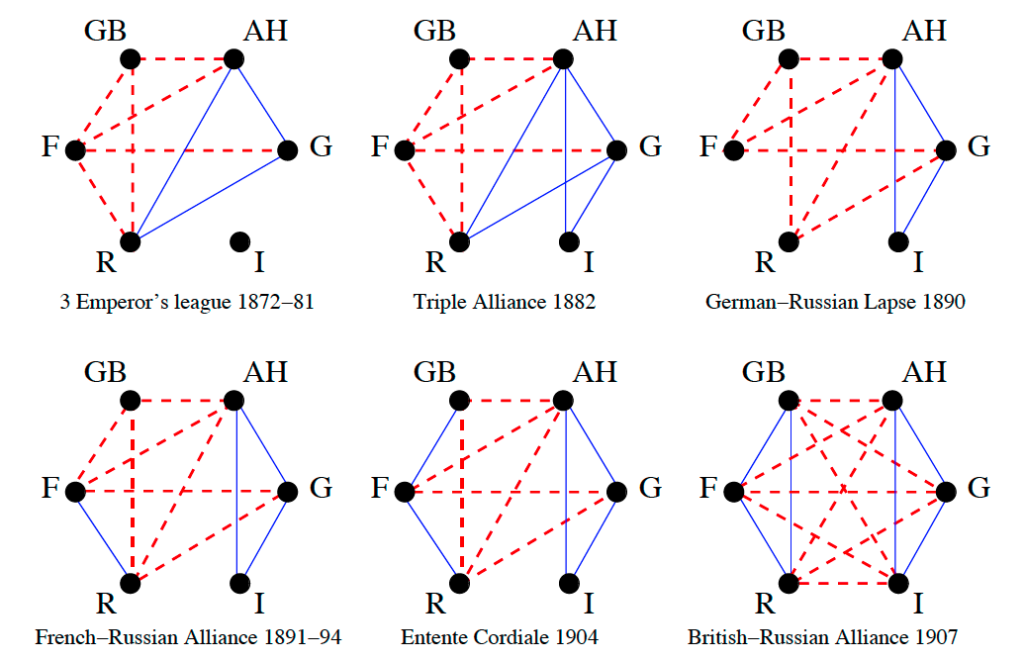
- This event has passed.
Physics for politicians
January 13 , 13:00 – 14:00
Speaker: Prof. Janusz Hołyst
Affiliation: Faculty of Physics, Warsaw University of Technology, Warsaw, Poland
Link MS Teams meeting
Theoretical physics together with computer simulations provided universal tools that made it possible to understand the nature of objects as dissimilar to each other as elementary particles, atomic nuclei, crystals, liquids, stars and galaxies. These tools, combined with observations from psychology and sociology, also allow to study social phenomena. Research in this domain belongs to the field called sociophysics, and for over twenty years it has been intensively conducted in several dozen centres around the world, including a number of Polish groups.
During the lecture, I would like to show how methods and models of physics can be useful for politicians to understand certain properties of the society they rule or want to rule. I will present examples of so-called tipping points of social opinion dynamics, which, from the point of view of physics, occur naturally in multistable systems as a result of multi-body interactions and co-evolution.
The model of a strong leader is based on the theory of social influence and it demonstrates that one agent with a sufficiently strong influence is able to create a group / party around him which, using the leader’s “charisma”, can convince a much larger community to follow its program and effectively exclude opponents. This phenomenon corresponds to a discontinuous phase transition (a step change in the number of leader’s followers) and is accompanied by hysteresis – reducing the leader’s strength or even removing him does not immediately result in return to a multi-party system. The transition to dictatorship is favoured by the existence of social noise, as the opposition is much more sensitive to confusion than a group of strong leader supporters.
A similar, step change in the number of supporters of a given opinion may take place during the confrontation of two social groups that were initially separated. Increasing a strength of interaction between these groups beyond a certain critical value leads to a sudden change of view in one of the groups. The smaller group may turn out to be the winning group if its internal connections are denser or stronger than in the larger group that is losing. However, if the problem is very controversial and the conflicting agents break social ties, society will split into disjointed subgroups and it will be difficult to reproduce the original social structure.

Including relationships such as: my friend is my friend’s friend and my enemy’s enemy, and my enemy is my friend’s enemy and my enemy’s friend, is described in sociophysics by interactions between three agents (or larger structures) and leads to the so-called structural balance. Unfortunately, this balance, apart from the state of common friendship, also has polarized states, i.e. the division of the community into hostile subgroups. Assigning agents their individual attributes and taking homophily into account inhibits such divisions, especially for attributes with a positive expectation value.

Sociophysics allows for the calculation of critical values of model parameters at which qualitative changes in the social structure occur and indicates that the crossing of certain levels, which are tipping points of dynamical systems, leads to processes that may be difficult to reverse.
The lecture will be visualized with on-line simulations of opinion dynamics and changes in the structure of social group models.
References
- Phase transitions in social impact models of opinion formation, J. A. Hołyst, K. Kacperski and F. Schweitzer, Physica A 285, 199-210 (2000)
- Coupling of link- and node-ordering in the coevolving voter model, J. Toruniewska, K. Kułakowski, K. Suchecki, and J. A. Hołyst, Phys. Rev. E 96, 042306 (2017)
- Bistable-monostable transition in the Ising model on two connected complex networks, K. Suchecki and J. A. Hołyst, Phys. Rev. E 80, 031110 (2009)
- Homophily Based on Few Attributes Can Impede Structural Balance, P. J. Górski, K. Bochenina, J. A. Hołyst , and R. M. D’Souza, Phys. Rev. Lett., 125, 078302, (2020).
Seminar language: English
Chairman: Jarosław W. Kłos
Event Navigation
Theme by Themesmob
